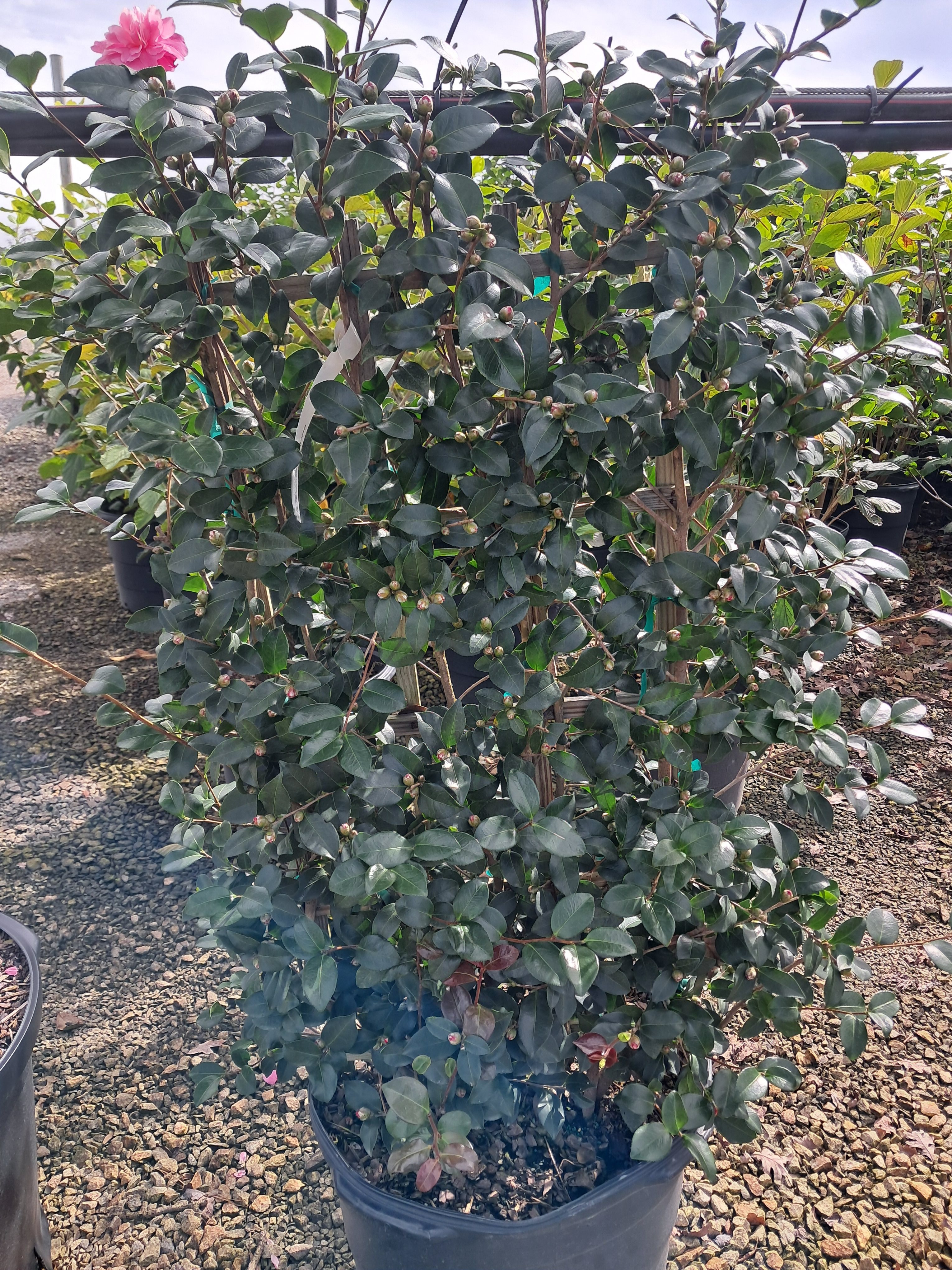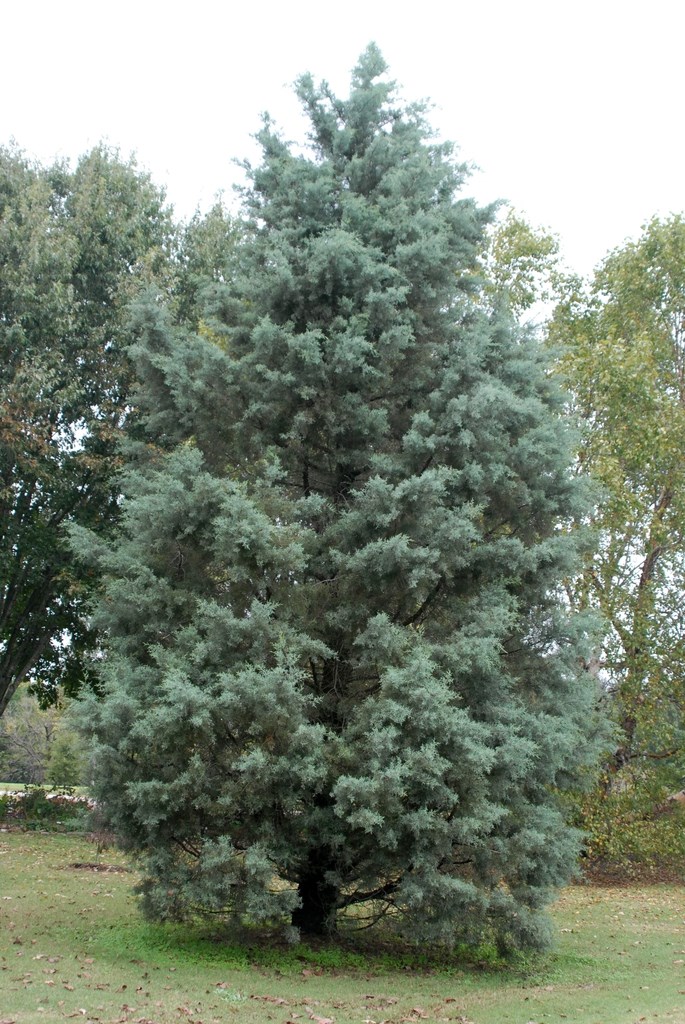919-552-8286
sales@adcocksnursery.com

Grows 20'-30' ht. x 20'-30' sp.
American Hornbeam is a native deciduous understory tree in the Birch family. Its common name Musclewood comes from the appearance of the smooth bark with bumps underneath that resemble muscles.
A great tree for a naturalized area or along streams or ponds, as well as in urban settings. This is a wildlife-friendly tree is perfect for a pollinator or native garden and does well as a larval host plant, a food source for mammals and birds, and a wildlife cover plant.
Plant in sandy or clay loams with high organic matter, regular moisture that are slightly acidic. Does well in heavy shade, and it will show off some beautiful orange-red leaf color in the fall.
The extremely hard wood of this tree was once used by early Americans to make bowls, tool handles, and ox yokes.

Grows 5' - 6' ht. & sp.
*** SOLD OUT *** What a beautiful flower this Camellia has! Autumn Spirit is a hybrid between C. oleifera x C. sasanqua and deserves to be a focal point of any garden. It's bright and deep pink peony-shaped blooms are an intense show-stopper, and show up early in the season.
Like most sasanquas, they prefer slightly acidic and moist, rich soil that is well-drained, and they could use a little protection from the brutal afternoon summer heat.
Our plants are espaliered, but these would work well as a corner foundation plant, screen or even in a container.
Photo Credit: NC Extension

Grows 40 to 50 feet tall and 15 to 20 feet wide
Blue Ice Cypress (also called Arizona Cypress) is an elegantly tall, wide, and evergreen tree that grows best in full sun and well-drained soil. It is moderately drought and salt-tolerant and needs little water once established. Built for the brutal heat of North Carolina summers.
The foliage has beautiful, silvery-blue to teal coloration year-round, and the bark is gray to brownish-black. The branches are sturdy but have a lacy appearance, and its aroma and color interest make a great display in holiday greenery.
Blue Ice Cypress is relatively trouble-free and moderately deer-resistant, making it a good choice for screening when compared to other fast-growing evergreen choices. It can be used as a specimen tree or for windbreaks.
Photo Credit: NC Extension